10 Tech Acronyms That Have Other Meanings
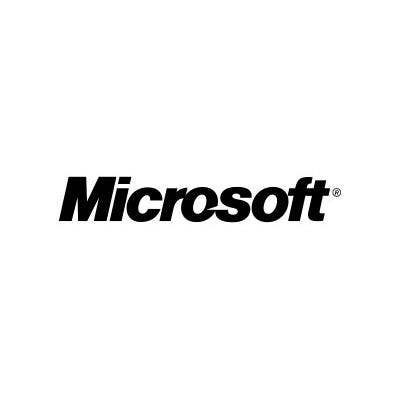
PDA is an acronym for Personal Digital Assistant. But seriously, in the age of flashy, feature packed smartphones, does anyone really use term PDA in this sense anymore? These days, PDA is commonly used to describe the shameless consensual indulgence known as a "public display of affection". And for that reason, PDA -- as an acronym and as an act -- could go away forever and not be missed by anyone.
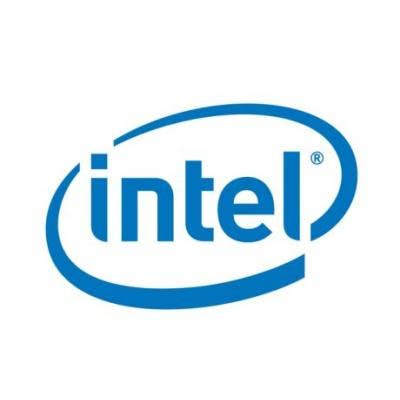
TWAIN in the tech industry term for the software protocol and API that handles communications between software applications and imaging devices such as scanners and digital cameras. But long before that, it was, of course, the pen surname of American author Samuel Langhorne Clemens (pictured).
Ironically, the term TWAIN is actually borrowed from another well-known 19th century literary figure. According to the TWAIN Working Group, TWAIN was inspired by Rudyard Kipling's "The Ballad of East and West", which includes the famous line "...and never the twain shall meet...".
The idea was to communicate the difficulty of connecting scanners and PCs, which actually would have been pretty clever if there wasn't already a famous author of the same name.
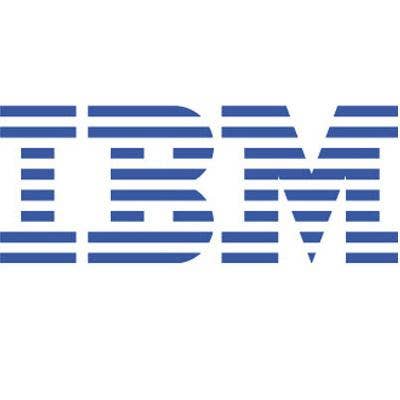
PaaS is fast becoming synonymous with platform-as-a-service, the tech industry term for a software development platform that's designed for cloud computing and made available over the Internet. This definition of PaaS is currently the second result returned in a Google search, and Microsoft's looming launch of Windows Azure will propel it further into the IT industry consciousness.
However, this is likely to generate considerable confusion amongst people who celebrate Easter. That's because PAAS is the name of an Easter egg coloring kit that as formed way back in the 1880s by an inventor named William Townley. This PAAS comes from the word 'Passen', which is what Pennsylvania Dutch used to call Easter back in the day. Any vendor that's thinking of getting into the platform-as-a-service market should take care in their business development discussions, or they might end up with crates of unwanted PAAS Easter egg dyeing kits.
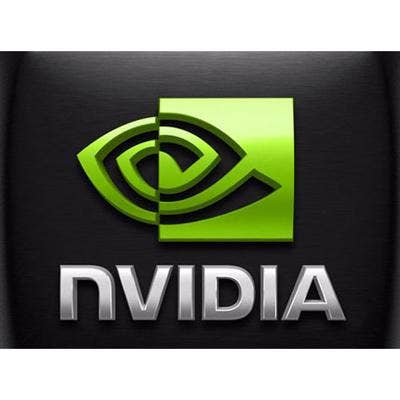
SOAP in tech circles means Simple Object Access Protocol, an XML-protocol that's used for implementing Web services and which enables text commands to be sent over HTTP. In just about every other walk of life, though, it's the stuff you use to wash away dirt and make things clean. Considering these widely divergent meanings of SOAP, this particular tech acronym has the potential to be a real head-scratcher for some folks.
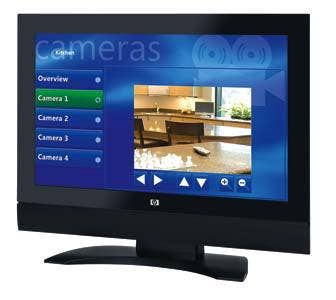
Business Process Management is a popular strategy for boosting efficiency within companies using a variety of agreed-upon organizational and workflow principles. But in non-business circles, BPM usually means 'beats per minute', a metric for the speed of techno music tracks. For example, a song that's 90 BPM will get you dancing enough to break a sweat, while 150 BPM will result in wild gesticulations that only remotely resemble dancing. In all likelihood, most folks getting their groove on in this photo would be more familiar with the latter interpretation of BPM.

Sure, folks in the tech industry have long associated RAM with random access memory, so there shouldn't be any confusion with this one. But zoologists might have a different interpretation. Ask an IT administrator for more RAM and you'll get better performance from your PC. But ask a zoologist for more RAM and you could end up with an office full of Bighorn Sheep (pictured). Even worse, asking for RAM could result a group of cops knocking your door down. That's why it's best to exercise caution when using this acronym.
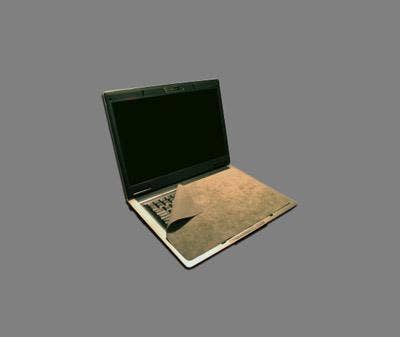
Is there a more inelegant acronym in the tech industry than CRUD? The term, which stands for "create, read, update, and delete", describes the four major functions that comprise a relational database application. But 'crud' has traditionally been associated with what happens when a sandwich is left under a couch or bed for a couple of weeks, or when peanut butter is dropped on the floor and somehow manages to escape detection for a while.
Given the key role relational databases play in cloud computing, CRUD is an acronym that isn't going away any time soon.
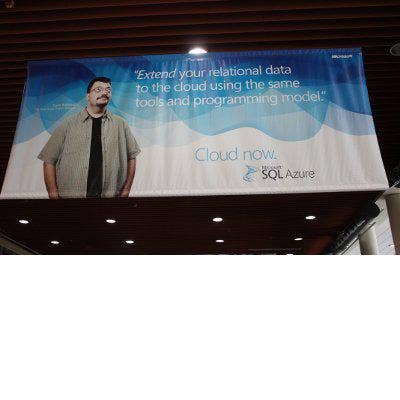
SLED is an especially ambiguous acronym. With all of the talk about federal stimulus funding, SLED has often been used for "state and local government and education". But before that, SLED was widely used in open source conversations as an abbreviation for SUSE Linux Enterprise Desktop. Kind of makes one long for simpler days, when SLED referred only to a primary source of fun for kids in the winter months.
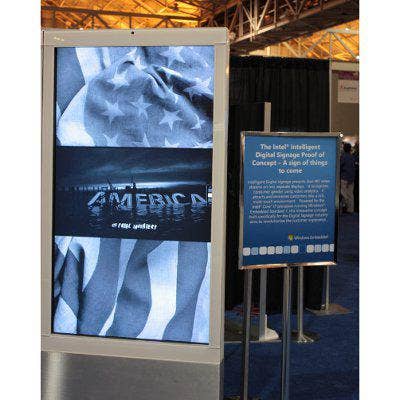
When networking experts hear ATM they think 'asynchronous transfer mode', a networking protocol developed back in the 1980s to simultaneously transmit voice, video and data. For the other 99.9999 percent of the world, however, ATM means cash machine. Like many things that have roots in the 80s, ATM's networking definition can easy confuse people and make them wonder what the hell people were thinking in those days.
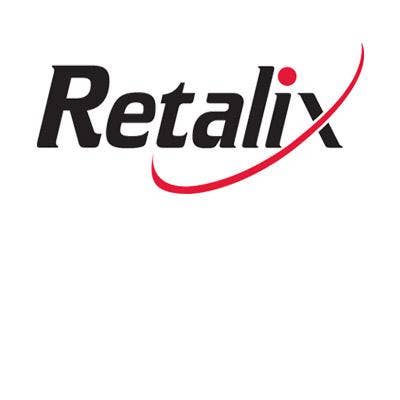
The concept of a graphical user interface came about in the early 1970s at Xerox's PARC laboratory, and this definition is well established in the IT industry. But when pronounced 'gooey', the term GUI conjures images of a full loaded dessert cart with hot fudge sundaes, and flan with mouth-watering caramel topping. There's no doubt that some researchers have entertained the idea of getting grants for developing new GUIs and instead channeling those funds into dessert development.